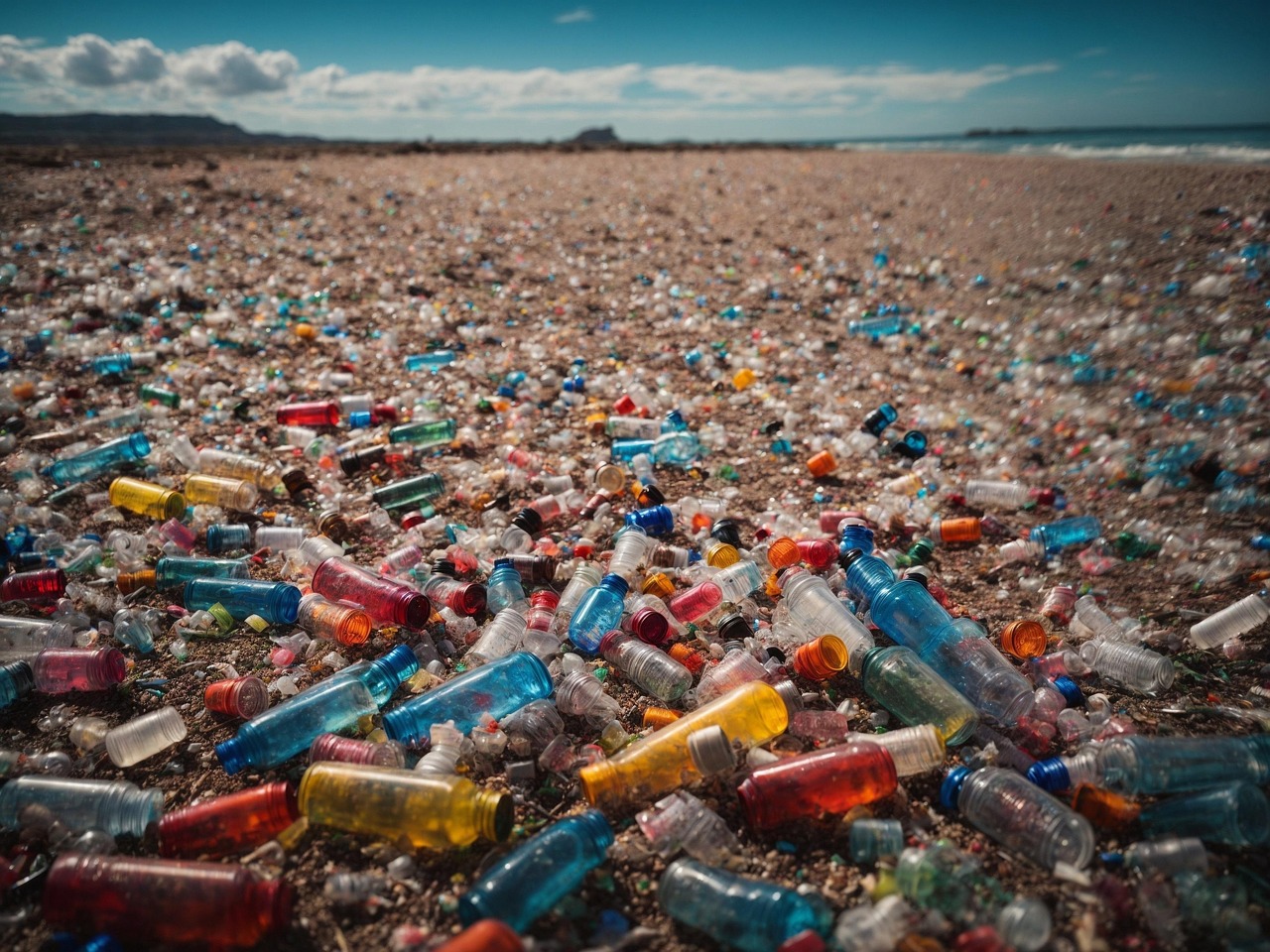Plastic is everywhere. We use it for storage, packaging, bottles, cars, toys, cooking materials, office tools, and so many others. Plastic is so integrated into our daily lives, but what happens when it integrates into our bodies? What is plastic was inside us? What would happen? This has already begun happening, as microplastics, pieces smaller than 5mm, enter our body through the food we eat and the air we breathe.
Where Microplastics Are Found
Plastics are especially prevalent in water sources. Through pollution in the ocean, microplastics are found in seafood, which move into humans when we eat fish and shellfish. Microplastics have also been found in freshwater sources, including tap water, bottled water, and even common beverages like beer. People can also ingest them other ways, like from other food sources. Microplastics have even been found in breast milk, which gets transferred to the baby that drinks it.
Types of Microplastics & Preventative Measures
One type of microplastics that are meant to be micro size are microbeads, which are found in cosmetic and toiletry products. These are now banned in many countries, but plastic pollution is still a large problem, as over 25 million tons of plastic waste leaks into water systems around the world. The Microbead-Free Waters Act of 2015 prevents the making of some cosmetics and non-prescription drugs with microbeads.
While research on the harmful effects of microplastics on human health is not very extensive, there is still some known consequences. Microplastics have been found in the blood, saliva, liver, kidneys, and placenta in humans. Some microplastics smaller than 1 micrometer, called nanoplastics, are small enough to enter cells and even the nucleus, which can lead to cancer. Other threats of microplastics include the chemicals on them, including bisphenol A (BPA), phthalates, and heavy metals.
Because of how prevalent and dangerous plastics are, it is crucial that its use is limited. People, companies, and governments all must make drastic changes to reduce the amount of plastic they use and waste. Scientists are constantly searching for new methods to reduce plastic use, such as alternatives and plastic-eating microorganisms, but overall, it is essential that plastic waste must be reduced, for the health of ourselves and for the planet.
Image Credit: TheDigitalArtist
Works Cited:
Dutchen, Stephanie. “Microplastics Everywhere.” Harvard Medicine, 2023, magazine.hms.harvard.edu/articles/microplastics-everywhere. Accessed 4 January 2025.
Shabani Isenaj, Zana. “Microplastics on Human Health: How Much Do They Harm Us? | United Nations Development Programme.” UNDP, 5 June 2023, www.undp.org/kosovo/blog/microplastics-human-health-how-much-do-they-harm-us. Accessed 4 January 2025.
Myers, Joe, and Madeleine North. “Microplastics Everywhere: Are We Facing a New Health Crisis?” World Economic Forum, 3 Sept. 2024, www.weforum.org/stories/2024/09/how-microplastics-get-into-the-food-chain/. Accessed 4 January 2025.

